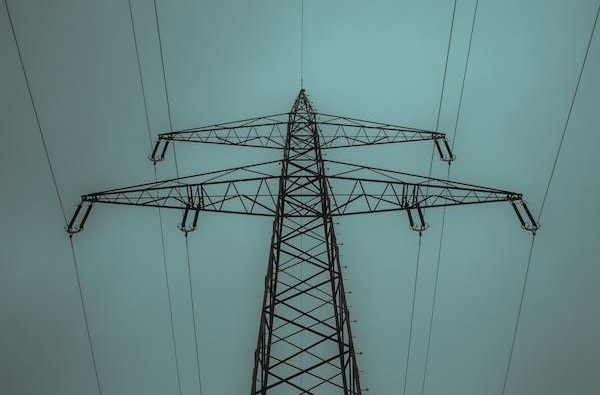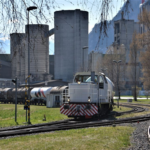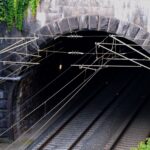Energy security is and remains one of our top issues. The Federal Council is currently concretising the management measures in the event of an electricity shortage in the form of prepared ordinances. Special provisions are envisaged for licensed public transport companies, including rail freight transport. The FOT is preparing a draft ordinance for public transport together with the working group of industry associations, while the VAP represents the interests of freight transport.
This is what it’s all about:
- Federal Council has plan of measures for security of electricity supply drawn up
- Gradual quota system to prevent critical grid shutdowns
- Next step: preparation of specific draft ordinances
- Traction current will become more expensive next year
At its meeting on 23 November 2022, the Federal Council discussed the management measures to be taken in the event of an electricity shortage. For the draft ordinances with graduated
measures until 12 December 2022. The system leader rail commented on behalf of the industry.
Avoiding the worst with each level of measures
With the measures adopted so far, the Federal Council is strengthening the security of electricity supply: maintaining hydropower reserves, providing thermal reserve power plants, increasing the transmission capacity of the electricity grids. In addition, it wants to prepare graduated measures to reduce electricity consumption. Calls for economical electricity consumption and the energy-saving alliance of the business community are intended to raise awareness among companies across the board.
Should a critical power supply bottleneck occur during the winter period, the Federal Council will regulate the power supply with temporary measures. In the event of a crisis, it would issue targeted consumption restrictions with the help of decrees. This is intended to ensure grid stability and thus the supply of electricity. The aim of each stage is to avoid even more drastic measures.
Quota system to prevent grid shutdowns
The Federal Council sees the quota system as a key measure to prevent critical grid shutdowns. In order to ensure its effectiveness, it does not want to exempt any electricity purchasers.
However, it envisages special provisions for licensed public transport companies. Public transport as a core service should be guaranteed for as long as possible. In order to ensure its functioning even in the event of power shortages, measures are to be implemented according to the «public transport management model».
Management measures for public transport
In a working group of VöV, SBB, BAV and VAP, we have worked out the graduated measures for passenger and freight transport in the last few months. In the case of a power quota, freight logistics should basically be maintained and scaled as quickly as possible according to the development of demand. The industry must prepare to react quickly. For it is impossible to predict today in which areas decreases or increases in demand will occur. Based on the “public transport management model”, our working group will develop a corresponding draft ordinance of graduated management measures for public transport. We at the VAP support the approach that has been developed, especially the special measures for public transport.
Traction current will become more expensive
The fact that traction current is not excluded from sudden turbulences is shown by the latest announcement of the SBB. Here, the energy division announces a serious deficit of CHF 180 million for 2022. According to SBB, as a result of the persistent drought in the summer, 90% of the railway’s electricity could not be generated from its own hydroelectric power plants as usual. SBB had to buy expensive electricity on the market at short notice.
After negotiations with the BAV, the SBB will raise the electricity price for 2023 by 3 centimes to 13.5 centimes per kilowatt hour. The BAV wants to pass on the higher electricity costs in the train path price to the various transport sectors on a differentiated basis. In long-distance traffic the full amount of 3 centimes will be passed on, in regional and freight traffic only a part with 1 centime. The fact that SBB’s application for full deficit coverage with a surcharge of 10 centimes was not approved by the FOT may be good news for the railway companies for the time being. But the uncertainty of further surcharges remains, and this will also have an influence on future offer calculations.
Transparency needed
We believe that the provision of electrical energy at a predictable cost rate is central to the future design of offers. The recent price turbulences already seem very adventurous; even more so when one looks back at the many years with a positive balance. We expect a transparent review of the recent events.



